It’s not that uncommon for folks to simply hook their truck up to a car trailer, load the car, lash it down where it fits, and drive away. But in plenty of cases, you can make some critical errors that can come back and bite you—sometimes pretty hard. Those are the situations where the trailer “tells” the truck where to go, or in other words, the tail wags the dog.
I’m sure plenty of us have been there, done that and have the white knuckles to prove it.
You may appreciate this article too: There’s More to Tie-Downs Than Meets the Eye
Understanding Trailer Weights & Loading
You can sometimes get away with improper trailer loading if the truck towing the rig is much heavier and larger than the load. But the margin for error increases significantly if the tow capacity of the truck and the weight of the loaded trailer become much closer.
I’m in that boat. Over the years, I’ve downsized from full size trucks (one ton duallys) all the way down to smaller trucks like my current GMC Canyon.
To make towing possible with the Canyon, I have to use a lighter weight car trailer (in my case, an all-aluminum Sundowner) and pay very close attention to loading. My truck has a trailer towing capacity of 7,700 pounds. My trailer has a maximum loaded weight of 9,200 pounds, with a capacity of just over 7,500 pounds. Subtract those figures and that means the trailer weighs approximately 1,960 pounds. Factor in the weight of my personal hot rod (3,100 or so pounds) and the overall load is 5,060 or so pounds. I’m well under the recommended truck and trailer max capacities (but if the loads increase much more, I should step up to a weight distribution hitch).
I should be safe though—right?
Tongue Height & Tongue Weight
Maybe not. Tongue height and tongue weight play very important roles.
The tongue weight must not exceed the maximum for the truck and receiver hitch/platform. It also must not exceed the maximum for the trailer. But that’s not the end of it. According to the folks from Weigh Safe: “Simply put, too little tongue weight can cause trailer sway, and too much tongue weight can cause the tow vehicle to perform poorly. You may have difficulty steering, gaining traction, or braking when driving a setup that has too much weight pushing down on the rear of the vehicle. Ultimately, towing with an improper tongue weight can cause you to lose control of your vehicle or cause your trailer to separate from the vehicle.”
To determine tongue weight, you can use a specialized tongue weight scale. They typically cost $300 to $400 for a decent quality unit. In operation, you check the loaded weight of your trailer tongue, with the trailer loaded, but not hooked up to your truck. Honestly, I’m not really comfortable doing this. You can also accomplish this on a public weigh scale.
Here’s how GMC recommends you do it:
“Ensuring your trailer is properly balanced is key, and can easily be verified by visiting a public scale and weighing your vehicle and trailer a few times. In order to check your tongue weight, follow these steps:
- Load your vehicle and trailer as they would be for your trip, and hitch the trailer to the tow vehicle
- Drive the tow vehicle onto the scale platform so its wheels are on the scale, but do not pull the trailer tires onto the scale. The resulting figure is will be known as the “combined” weight.
- After pulling off the scale, disconnect the trailer, and re-weigh only your tow vehicle on the scale. The resulting figure will be known as the “solo” weight.
- Subtract the second figure (solo weight) from the first (combined weight) in order to determine your current tongue weight.
If the result of that calculation is within the proper tongue weight range for your loaded trailer, congratulations—you’re properly balanced. If not, don’t fret. If your tongue weight is too low, move the load forward a bit. If you need to reduce tongue weight, move the weight further back on the trailer. Once you have your proper balance, ensure the load is also evenly distributed on the left and right sides of the trailer, and secure it to prevent it from sliding while in motion.”
You can also calculate tongue weight with a simple bathroom scale. Here, you use a specific length (usually four feet) 2×4 piece of wood to act as a scale beam, and it works to distribute the load from the tongue onto a bathroom scale. Essentially, four feet times the weight you read on the scale is the tongue weight.
Once again, I’m not comfortable with either of the above setups, simply because the loaded trailer has to be uncoupled from the truck. And I’m pretty sure most of you are I agreement.
An Easy Tool to Determine Trailer Tongue Weight
Enter trailer hitches from Weigh Safe. These are the are the only hitches on the planet with a built in scale that measures tongue weight. With the built-in scale, determining tongue weight is as easy as coupling your trailer to your ball mount. After verifying that your drop hitch receiver is the correct height, simply hook up your trailer to the Weigh Safe ball mount just as you would any other ball mount. The weight of your trailer will push down on the hitch ball, which in turn pushes down on an internal hydraulic piston that sits on a bed of oil. When the piston drops into the oil, the pressure reading is sent out to the scale.
Fair enough, but how much tongue weight is right? According to Weigh Safe:
“Tongue weight refers to the weight that the fully loaded trailer exerts downward on the hitch ball of the tow vehicle. Tongue weight is typically 10 percent—and should not exceed 15 percent—of your gross trailer weight. For example, a 10,000 pound trailer should have a tongue weight between 1,000 and 1,500 pounds. You can adjust the tongue weight of your trailer by removing or adding cargo or redistributing the load on the trailer. The tongue weight should not exceed the capacity of your tow vehicle, your hitch, or any of your towing components.”
For the sake of comparison, in my application, a tongue weight of between 500 to 760 pounds is safe. And as mentioned above, it’s easy to get there by moving the car forward or aft on the trailer deck before I tie it down.
When measuring tongue weight, Weigh Safe tells us the truck and trailer must be on flat, level ground in order for the tongue weight gauge to read accurately. If the rig is on a slant or if there are grade changes it will compromise the gauge accuracy. Weigh Safe also suggests that after hooking the trailer coupler to the tow ball, move the empty trailer frame back and forth to reduce friction. This is one reason why it’s a good idea to grease the coupler/trailer hitch ball. The tow ball and trailer coupler must also be jounced a couple of times to reduce friction and get an accurate tongue weight reading.
FYI, the Weigh Safe Gauge is accurate to +/- 1.25% over the full range of the scale, which works out to +/- 50 pounds accuracy.
Selecting the Right Hitch Height
What about hitch height? According to Weigh Safe:
“For the best towing performance, adjust the height of your hitch to make the towed trailer level to the ground. To accomplish this, use a level (if on level ground) or measure the distance to the ground on the front and rear of the trailer frame and adjust the coupler height in order to make both measurements the same.
“For tandem “independent” trailer axles (typical of the trailers we use), the height of your hitch does affect your tongue weight. If your trailer coupler is too high, the tongue weight increases, and your back axle tires will receive more weight. If your trailer coupler is too low, your tongue weight will read less and increase the weight on the front axle tires. Without being level, your tongue weight will not read true, and your tires will wear faster and unevenly.”
The Weigh Safe Drop Hitch comes in 4 inch, 6 inch, 8 inch and 10 inch drop height options—and they all feature an adjustable drop height.
For all types of hitches (no matter which manufacturer), the drop is measured from the top of the receiver bar to the top of the ball housing. Weigh Safe manufactures drop hitches in 2 inch, 2.5 inch and 3 inch drawbar shaft sizes.
They’re available in welded steel or (like the hitch in the photos) 6061 T6 billet aluminum. Unlike steel hitches, the billet aluminum hitches are solid. 2 inch and 2-5/16 inch billet stainless steel tow balls are included with the hitch assemblies. With a 2 inch ball, the tow weight rating works out to 8,000 pounds. With a 2-5/6 inch ball, the tow weight rating works out to 12,500 pounds for a 2 inch drawbar shaft; 18,500 pounds for a 2.5 inch drawbar shaft and 21,000 pounds for a 3 inch drawbar shaft. Maximum tongue weight is 1,500 pounds for a 2 inch shaft and 2,200 for 2.5 inch and 3 inch shafts.
Where some adjustable hitches make use of a single pin to affix the coupler to the drawbar, the Weigh Safe model use a locking dual pin setup. As shown the accompanying photos, the locks are protected with a tight fitting rubber cover. Drop adjustment works out to one inch increments.
Other Things to Consider When Selecting the Right Hitch
Something else you’ll note is the ball attaches differently. Essentially, instead of a threaded ball held with place with a nut and lock washer, Weigh Safe uses a separate pin to hold the ball in the place. To access the pin, the coupler must be removed from the drawbar.
Weigh Safe offers dozens of products, including receiver hitches, weight distribution hitches, and even gooseneck hitches. You can find both aluminum and steel options at SummitRacing.com, along with a full range of Weigh Safe accessories such as pin locks, receiver locks, and so on.
***
As you can see, the Weigh Safe hitch system solves a lot of head scratching when it comes to trailer tongue weight, trailer weight distribution, and trailer hitch height. The components are made in the USA and they’re extremely high quality. For me (and for many of you too) those benefits fit our needs perfectly. For a closer look, check out the photos.


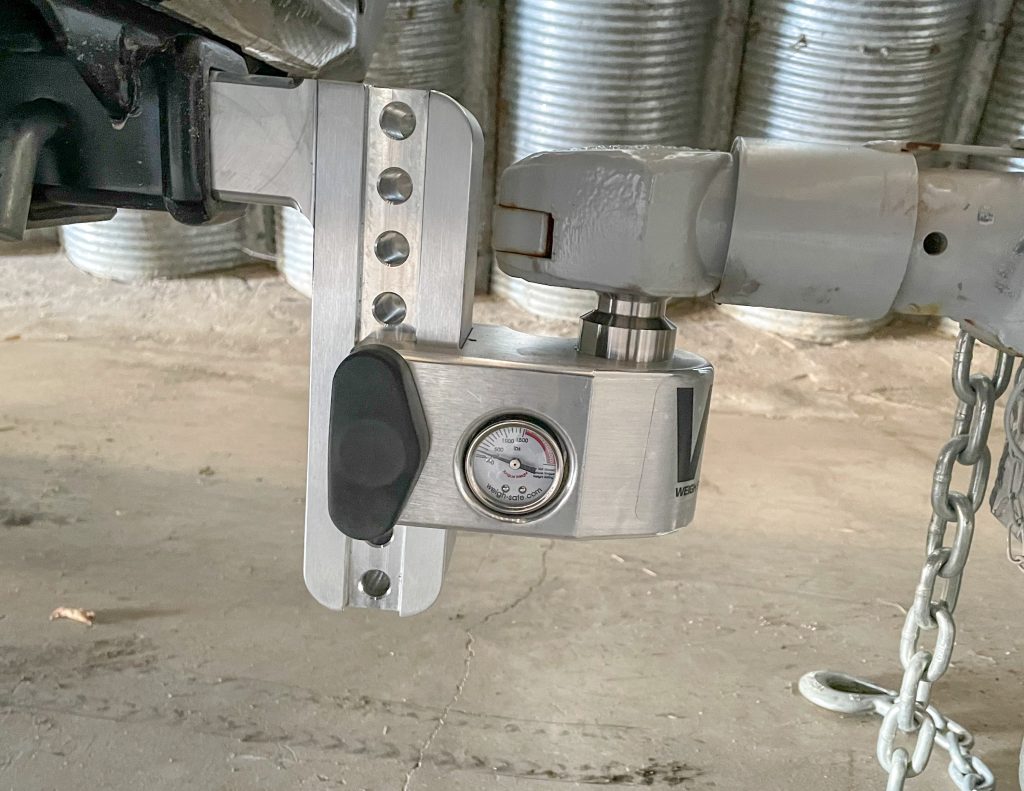

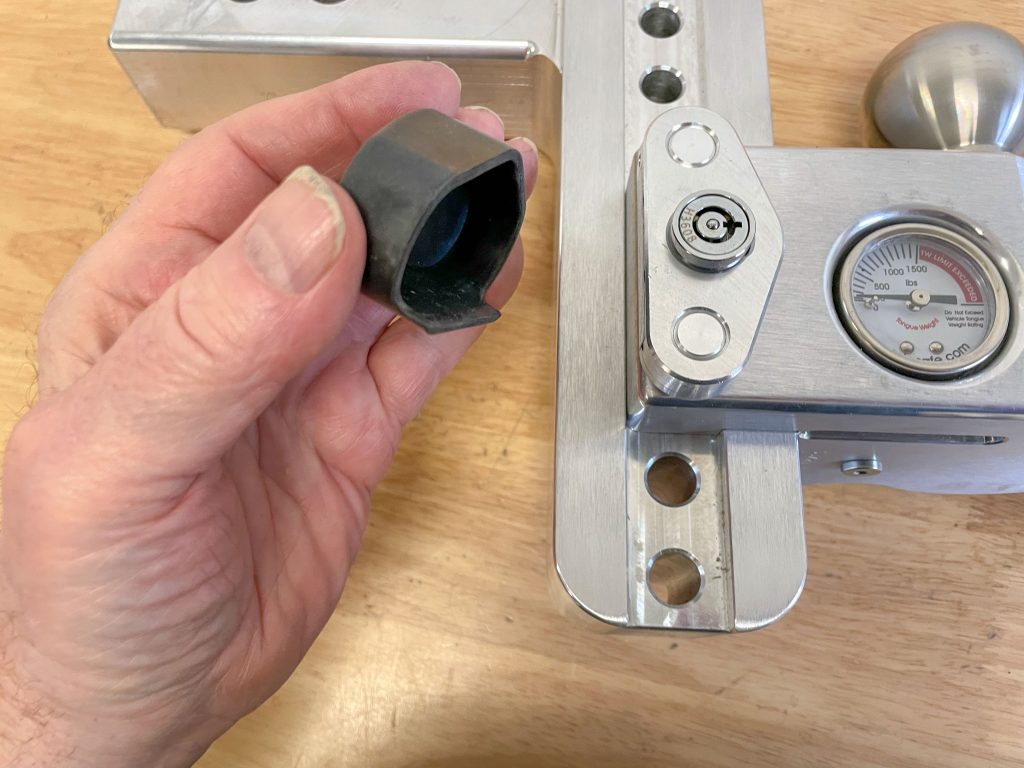

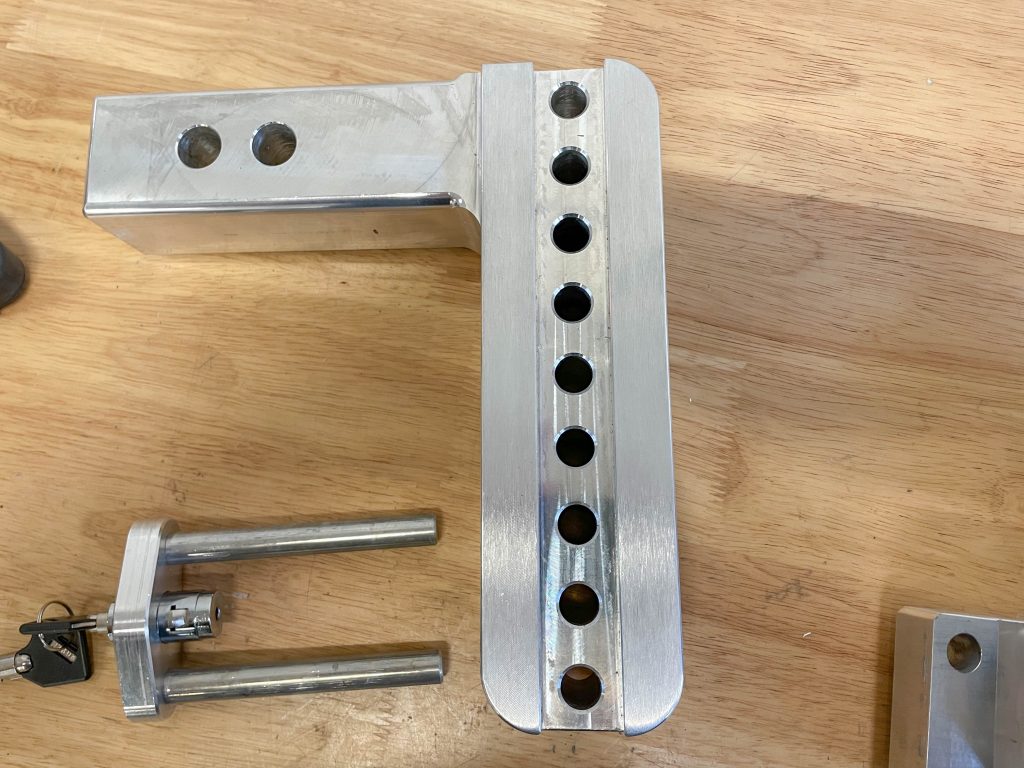
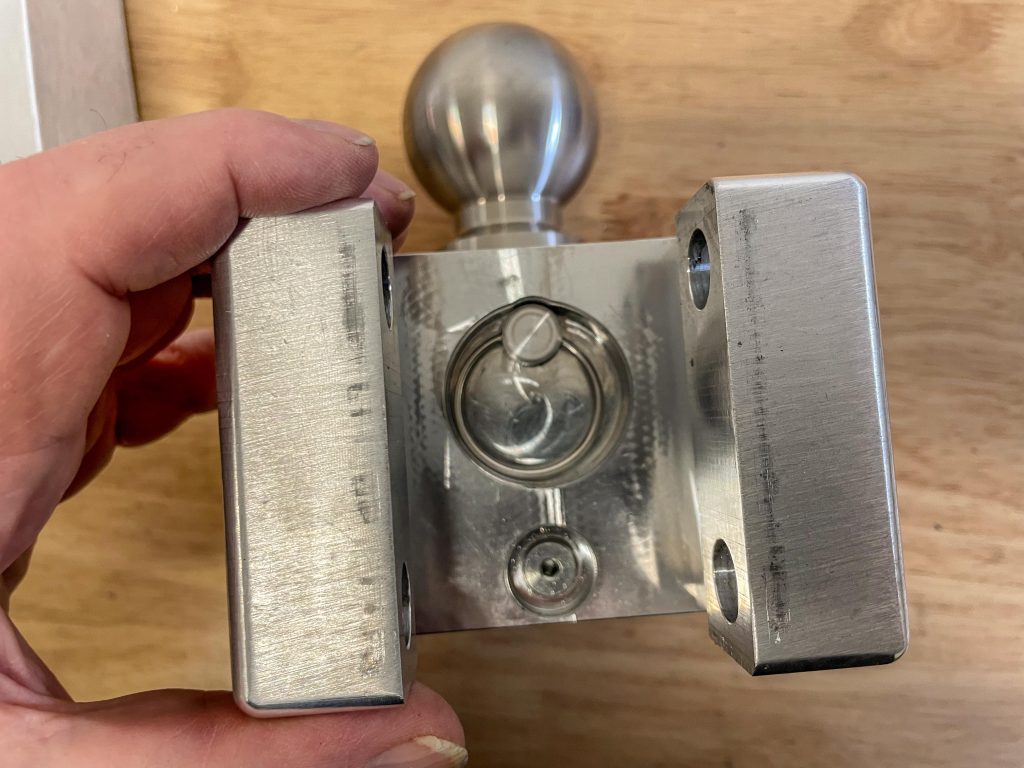


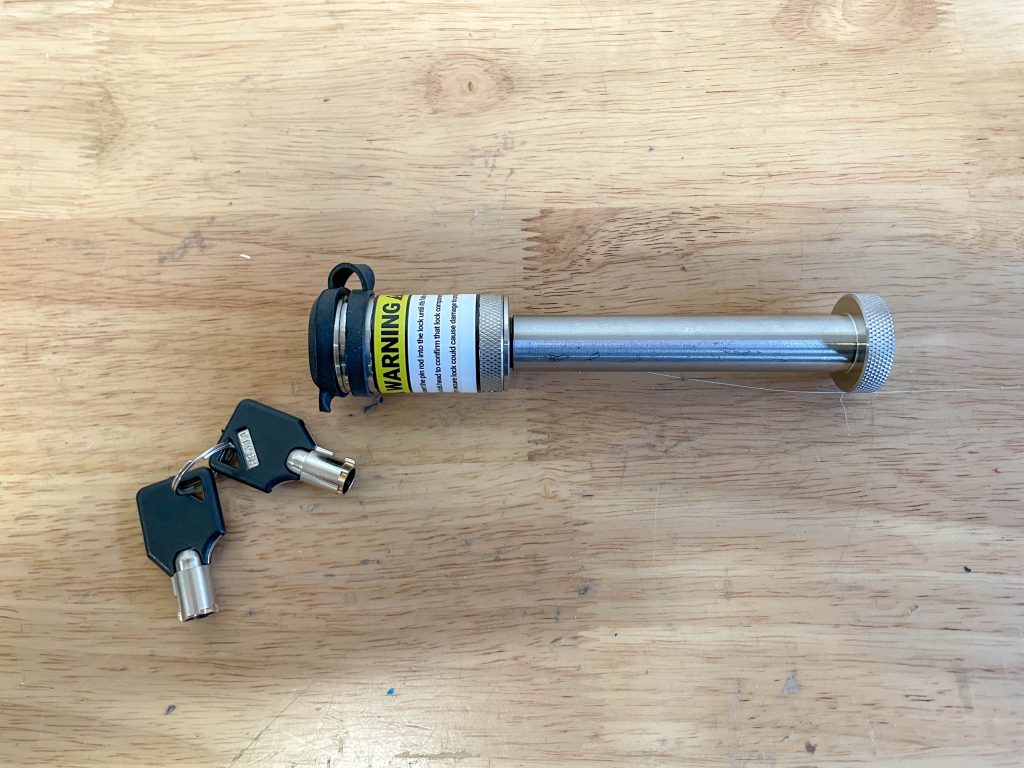
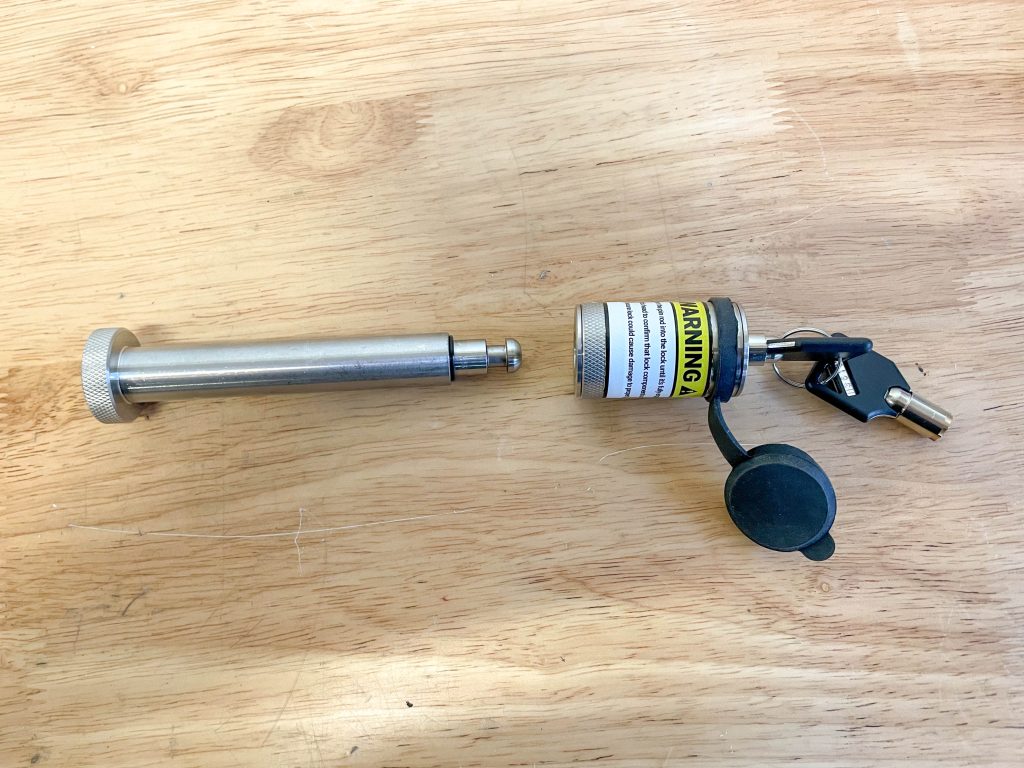

How much is this set up.well thought out
Hey Rich, it depends on the configuration, but you can check all the current prices on the Weigh Safe trailer hitches here.